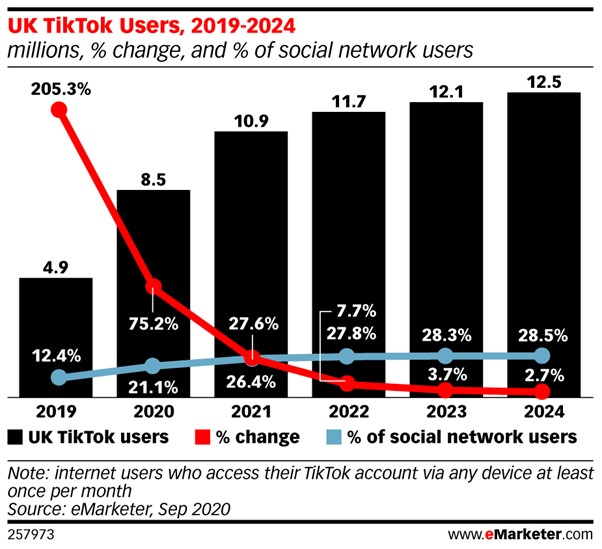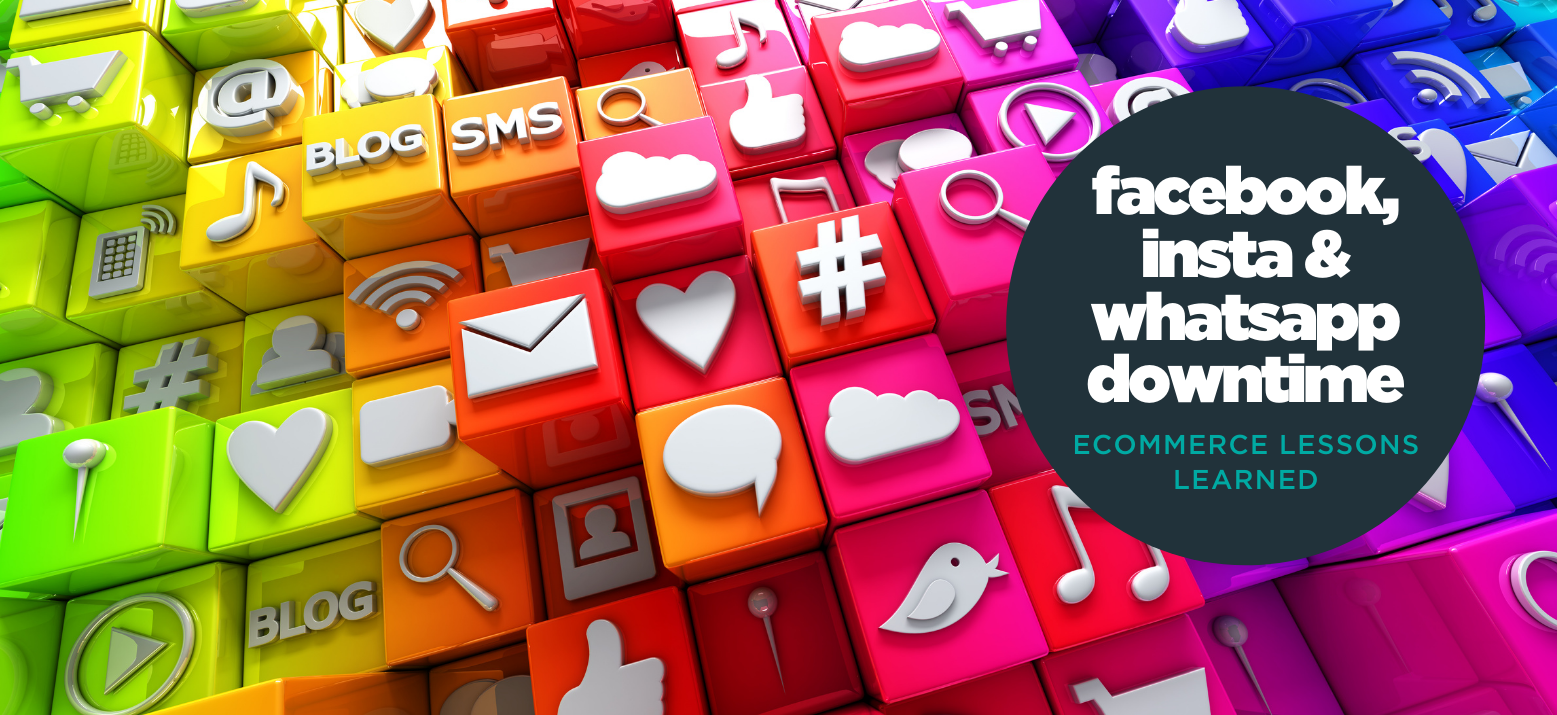Back when Facebook, Instagram and WhatsApp experienced around 6 hours of downtime on 4th October 2021, most regular social media users were a little inconvenienced at worst. Facebook lost out on estimated ad revenue of around $100 million, as well as share prices taking a big hit, but they weren’t the only ones affected financially.
Businesses that sell online and generate most or all of their sales through social media (whether paid or organic) will have experienced an unexpected loss too – with some reporting missing out on ‘thousands in sales’. For most, a few hours’ worth of sales, along with the inability to access Facebook Messenger or WhatsApp for taking orders or managing other customer communications, probably isn’t a make-or-break level of disruption, but it does raise important questions about how much we should be relying on third party applications or platforms.
There is no denying the potential benefits of selling via social media for some ecommerce brands. Industries such as fashion and homewares, with a highly visual appeal, naturally lend themselves to Instagram and Facebook and this can be a significant channel for driving revenue. Even for brands who don’t perhaps advertise on social media directly, if they use influencer marketing that takes place on Instagram, their online sales can be affected if the platform is interrupted.
The chances of a social media platform disappearing instantly for good are low, but as ecommerce businesses, should you be mitigating the risks to your business if you currently rely on a platform that isn’t within your control? At No Brainer, we’re always talking about the differences between owned, earned, shared and paid areas of marketing, because we believe it takes a blend of tactics to deliver the best possible results.
We take a look at ways in which ecommerce brands can diversify their traffic and revenue sources to become less reliant on any single income stream and mitigate the risks of having a single platform or group in charge of their business success or failure.
Take another look at where your online audience are and the platforms they use
Depending on what you sell and who your target audience are, you may very well be able to reach a large chunk of them on Instagram, for example, but that’s unlikely to be the only online platform they use.
If you don’t already have them, or haven’t reviewed them recently, having up-to-date buyer personas can be a hugely significant part of your marketing strategy, as it ensures that your efforts stay on track to achieve your business objectives and you can minimise wasted budget and other resource.
Where possible, surveying your existing customers can be a hugely valuable part of this process, as you can get information from them that simply isn’t available elsewhere, but your website analytics can also give useful information, especially if you look at assisted conversions, as you might have more channels involved in the buyer journey than you realised. It can also help to highlight opportunities for growth with channels that you aren’t currently focusing on.
SEO is an essential, not a ‘nice to have’
According to 2020 research, 81% of internet users aged 16-64 will search online for products and services. While the majority of your customers may also use social media, and you can get instant results from paid ads on these platforms, ignoring the opportunity of bringing in relevant organic traffic without having to pay for every click could mean you’re missing out, especially in the longer term.
Having an ecommerce SEO strategy that is designed to drive people to your site at various stages of their buyer journey, including when they are ready to make a purchase, can be transformative for your business, and will help generate revenue that isn’t reliant on social media platforms. Optimising your website for not only Google, but also Bing (and by default, Yahoo, which is powered by Bing) along with DuckDuckGo, continues this diversification.
Diversify across social platforms
Don’t be afraid to use social media platforms that you haven’t focused on until now, as long as your audience are present on them. It’s worthwhile to run some tests on these platforms before committing big budgets, but you might be pleasantly surprised by results if you give them some attention.
For example, TikTok, which was very much a minority platform almost entirely used by teenagers in the UK before the COVID-19 pandemic, by the end of 2020, more than 10% of the UK population were using the app and this growth doesn’t seem to be slowing yet.

Famously, Twitter remained live and functioning throughout the recent Facebook/Insta/WhatsApp blackout, which not only resulted in some entertaining content, but also resulted in double the interest in Twitter at that time.
hello literally everyone
— Twitter (@Twitter) October 4, 2021
There are always opportunities for some super-quick reactive marketing at times such as this for brands with the capability to do this well, but it also highlights the reasons for diversifying your social content and even ads across platforms with different ownership to help minimise the risk of being completely shut out in the event that one group of social channels does disappear or if you suddenly lose access to your account for another reason.
Customer service needs to have touchpoints other than on social media
Good customer service is of vital importance to future sales, and if the only way that people can get hold of your business is via social channels then this could have a real impact on revenue if social platforms do go down. For some small businesses, orders are made via messenger services such as Facebook Messenger and WhatsApp rather than via a website, which can put the entire business on the back foot if something goes wrong on these platforms. Having multiple different ways to be contacted gives people choice, whether its via a form on your site, a phone number or email. Retaining existing customers is usually far easier and gives a much better return than acquiring new ones – so this shouldn’t be underestimated.
Ensuring that your ecommerce business has traffic and is generating sales from a range of different sources is simply good practice and helps to safeguard your brand if one or more of these channels is interrupted.
If you want to find out more about SEO, paid social media or how to develop a multi-channel marketing strategy, get in touch with our team using the form below.







